Understanding Horse Pee Odor Problems
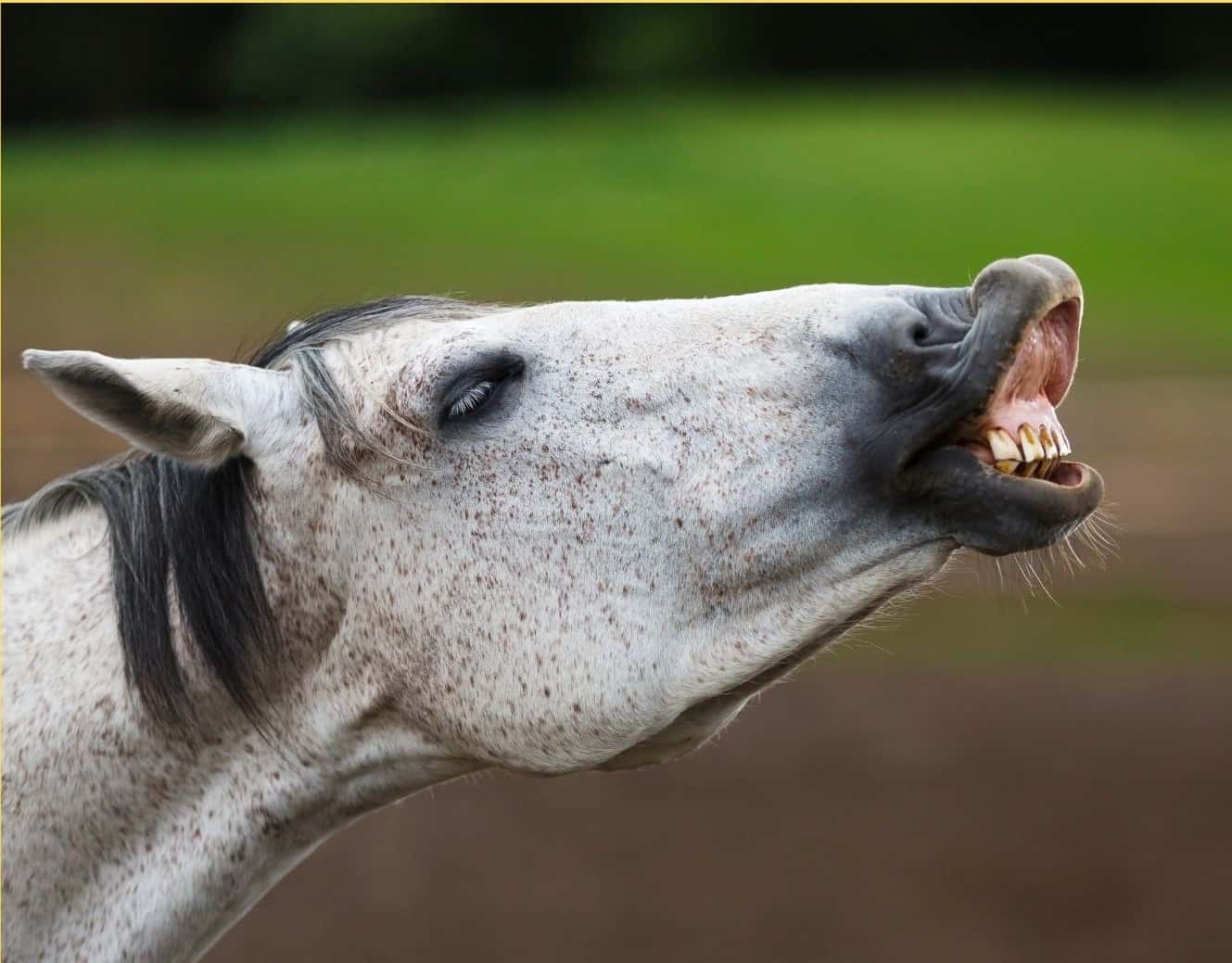
For those who manage or work in horse stables, the pungent smell of horse urine can be a significant issue. Understanding the problem is the first step toward finding effective solutions. Let’s delve into the impact of horse urine odor and the associated health risks.
The Impact of Horse Urine Smell in Barns
Ammonia produced from horse urine breakdown can permeate a barn, creating an overpowering and unpleasant environment. This not only affects the comfort of the animals and people but can also impact the overall hygiene of the facility.
Health Risks Associated with Horse Stable Odors
More than just a nuisance, the ammonia from horse pee can pose serious health risks. Exposure to high levels of ammonia can cause respiratory issues and irritation of the eyes, lungs, and throat, posing a threat to both horses and their human caretakers.
Strategies to Freshen Horse Stalls and Remove Horse Urine Smell

Maintaining a fresh environment within horse stables requires a combination of consistent hygiene practices and smart stable enhancements. This section will outline additional techniques that can help keep stalls clean and odor-free, complementing existing cleaning and air quality measures.
Maintaining Cleanliness with Routine Stable Care
A strict cleaning regimen is essential for odor control in horse stables. Beyond daily maintenance, regular deep cleaning sessions are crucial to thoroughly remove urine residues:
- Prompt removal of soiled bedding each day.
- Comprehensive stable wash-downs on a weekly basis.
- Systematic checks and cleaning of secluded areas every month.
Utilizing Natural Enzymatic Solutions
Natural enzymatic cleaners are effective in decomposing urine at the molecular level, which helps in neutralizing persistent odors. These cleaners are particularly beneficial for treating areas where urine has seeped into the stable structure.
Improving Air Quality with Ventilation Enhancements
Optimizing the stable’s ventilation system is another step towards ensuring a pleasant atmosphere. Incorporating specific ventilation features can significantly upgrade air exchange:
- Utilization of overhead fans to distribute fresh air uniformly.
- Placement of exhaust vents to expel ammonia-heavy air from the stable.
- Installation of low-level intake vents to allow entry of clean air.
Advanced Ventilation System Automation
Modern automated ventilation systems can dynamically adjust to the stable’s environmental conditions, maintaining optimal air quality at all times.
Designing Stalls to Prevent Odor Retention
Choosing the right materials and layout for stall construction can greatly influence odor control. Below are some material options that can help in preventing urine odors:
| Flooring Material | Advantages |
|---|---|
| Inclined Concrete | Enables effective runoff and ease of sanitation. |
| Porous Gravel or Sand | Assists in urine drainage, minimizing stagnant areas. |
| Treated Wood Surfaces | Lowers urine absorption and offers visual appeal. |
Benefits of Modular Rubber Matting
Modular rubber mats offer a moisture-resistant layer that’s both comfortable for horses and easy to maintain. Their durability and ease of cleaning make them an excellent addition to any stall design.
By implementing these carefully considered strategies, those overseeing horse stables can greatly freshen horse stalls and remove horse urine smell, fostering a healthier and more pleasant environment for horses and humans alike. Each of these steps plays a vital role in achieving a clean and welcoming stable atmosphere.
Alternative Methods for Addressing Horse Urine Odor
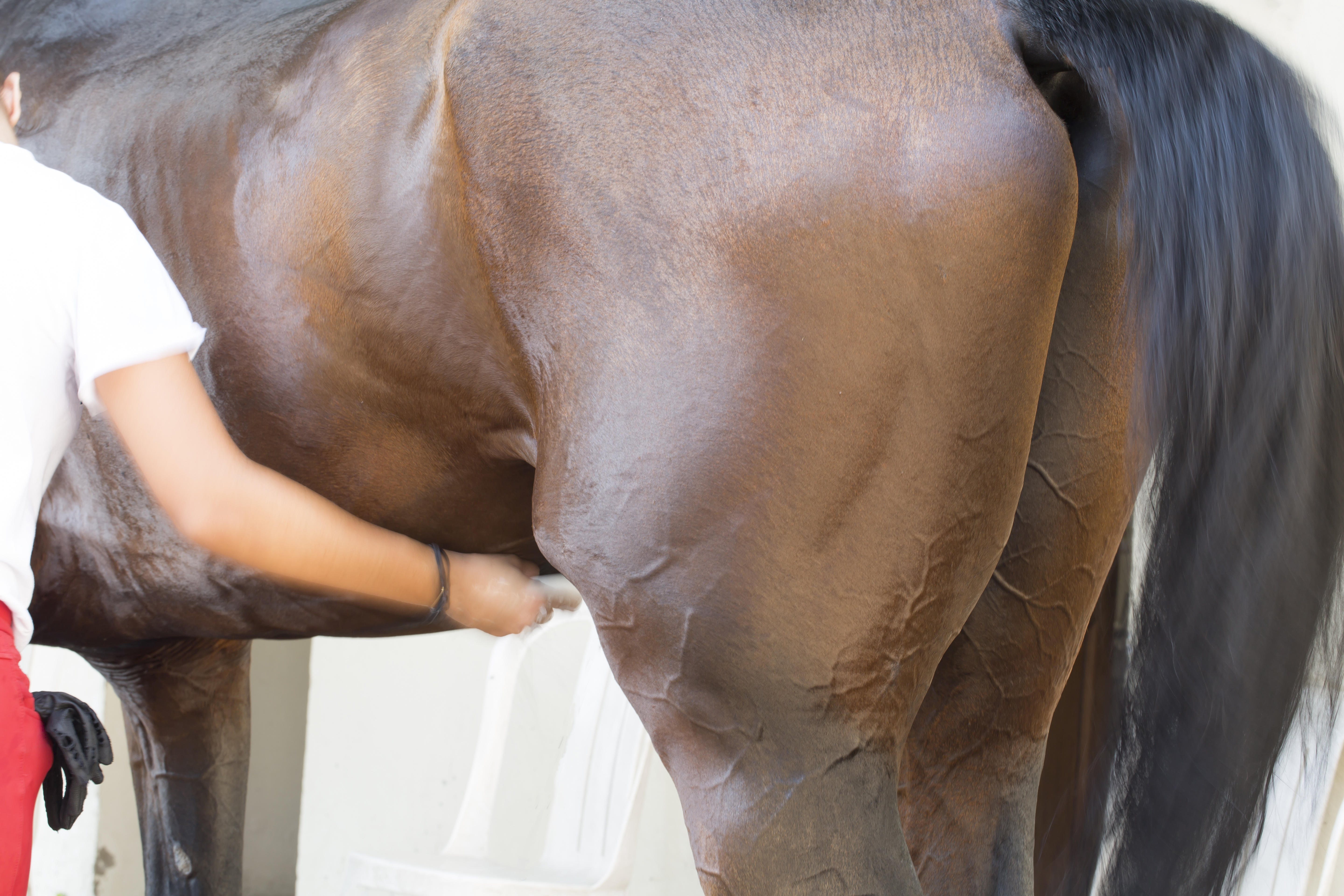
Addressing the stubborn scent of horse urine can be accomplished with gentle, eco-friendly alternatives that ensure the safety of equine inhabitants while sustaining a fresh atmosphere in stables. These natural solutions make use of readily available household items to effectively combat odors and are simple to integrate into everyday stable upkeep. We will explore a variety of natural techniques to maintain a pleasant stable ambiance.
Employing Baking Soda for Odor Control
Known for its odor-absorbing qualities, baking soda is a safe and affordable option for tackling urine smells. Use the following method for best results:
- After removing dirty bedding, sprinkle a generous amount of baking soda on the stall floor.
- Allow the baking soda to sit for an extended period to maximize odor absorption.
- Afterward, clean up the baking soda and dispose of it properly.
Enhancing Barn Air with Essential Oils
Essential oils like eucalyptus and lemon not only offer pleasant scents but also have natural antiseptic properties that help combat odors. Create a fragrant spray by:
- Combining water with a few drops of essential oils in a spray bottle.
- Shaking the mixture well before use.
- Gently misting stable areas, taking care to avoid direct contact with horses.
Vinegar Solutions for Urine Breakdown
White vinegar’s acidic nature can effectively break down urine residues and combat bacteria, contributing to odor neutralization. Utilize it by:
- Mixing equal parts white vinegar with water.
- Applying the solution to affected areas and scrubbing after a brief wait.
- Rinsing off any remaining solution to prevent residue.
Exploring Additional Natural Absorbents
Other natural materials can be just as effective at absorbing and neutralizing unpleasant smells. These include:
- Dried, used coffee grounds, which can be placed in the stable to absorb odors.
- Activated charcoal, known for its ability to cleanse the air of smells, placed strategically within the stable.
Integrating Plants for Cleaner Air
Introducing air-purifying plants into the barn can further enhance air quality. Opt for equine-safe species like spider plants and peace lilies that are effective at filtering pollutants. Ensure these plants are out of reach of horses to avoid accidental consumption.
These natural strategies for odor management support a sustainable, health-conscious approach to stable maintenance, providing benefits to both horses and their caretakers. By adopting these practices, stable managers can avoid harsh chemical use and create an environment that is inviting and considerate of equine well-being.
Enhanced Techniques for Neutralizing Horse Pee Odor
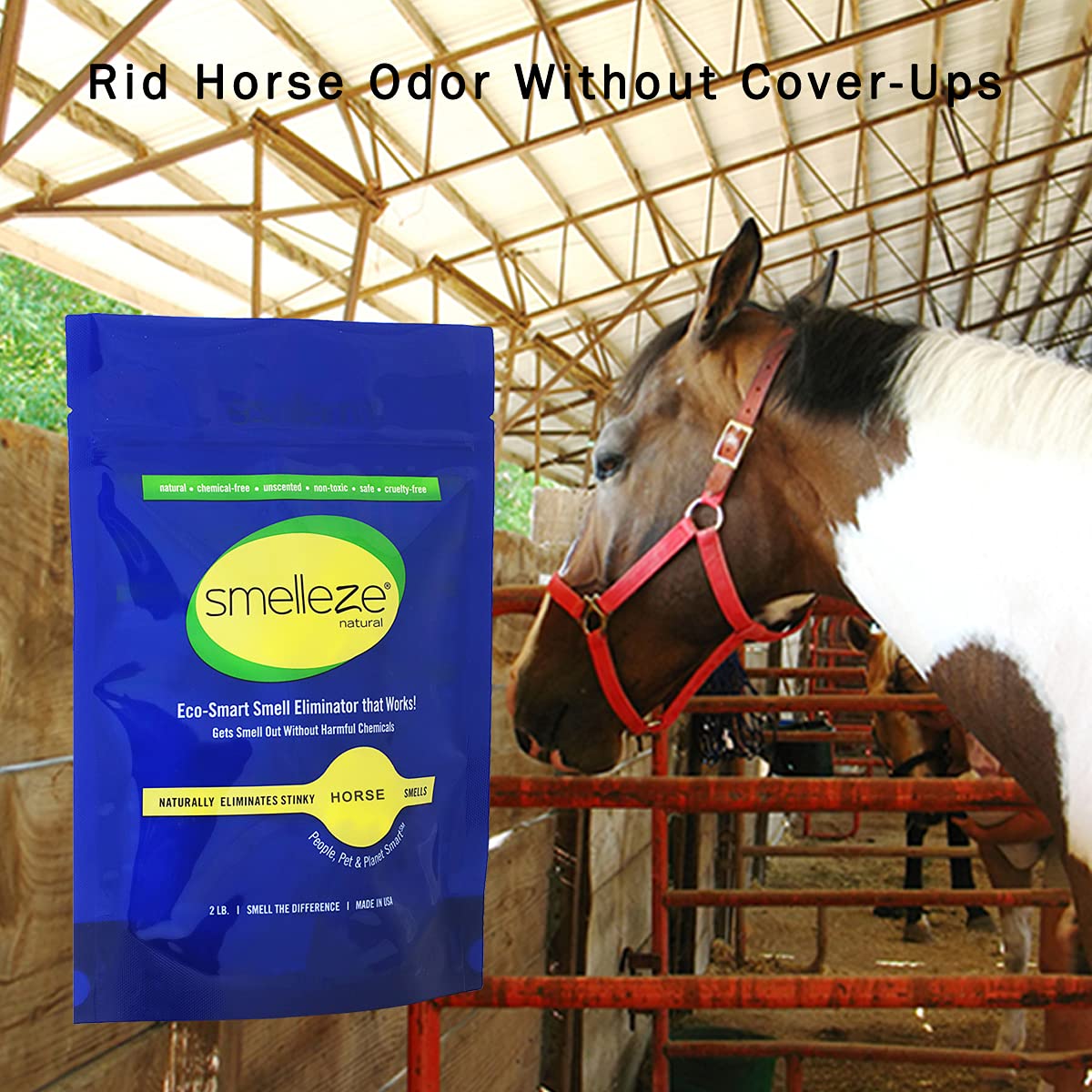
Stable managers seeking to improve their facilities can benefit from advanced techniques and products designed to neutralize horse pee odor effectively. The use of cutting-edge technology and innovative products can lead to a cleaner and more hospitable environment for horses and handlers alike. We’ll examine some of these advanced options for those looking to elevate their odor management practices.
Bedding Additives to Mitigate Ammonia
Introducing commercial additives into horse bedding can drastically diminish the presence of ammonia gases. Such additives may include:
- Zeolite Infusions: Harnessing zeolite’s ability to capture ammonia can help to keep stable air fresher and less irritating.
- Activated Carbon Solutions: Utilizing activated carbon’s absorptive properties to create a more odor-resistant bedding environment.
- Probiotic Bedding Enhancers: Applying microbial inoculants to promote the breakdown of urine, reducing odor production at its source.
Specialized Stall Refreshers for Odor Management
Stall refreshers are specifically formulated to address and neutralize odors, serving as a critical component of a regular cleaning routine. These products may possess attributes such as:
- Ingredients that can absorb moisture and encapsulate odors efficiently.
- Non-toxic formulas suitable for use around horses, ensuring their safety and comfort.
- Durable effects that help maintain a fresh stable environment for extended periods.
Innovative Technological Solutions for Odor Elimination
Technological advancements have led to products like bio-enzymatic neutralizers that target ammonia odors by breaking down urine compounds at the molecular level. Some of these technological solutions include:
- Enzyme-Based Formulations: Employing bio-enzymatic action to decompose the compounds responsible for urine odors into harmless substances.
- Odor Absorbing Gels and Beads: These can be strategically placed around the stable, slowly releasing compounds that mitigate odors.
- Automated Electronic Purifiers: Devices that purify stable air through ionization or ozone, though they should be used judiciously to ensure the well-being of stable occupants.
Adoption of these sophisticated strategies can significantly aid stable managers in overcoming the challenges posed by horse pee odor. By integrating these solutions into their maintenance routines, the goal of a more pleasant and health-conscious stable environment is well within reach.
Optimizing Equine Well-being with Holistic Stable Management
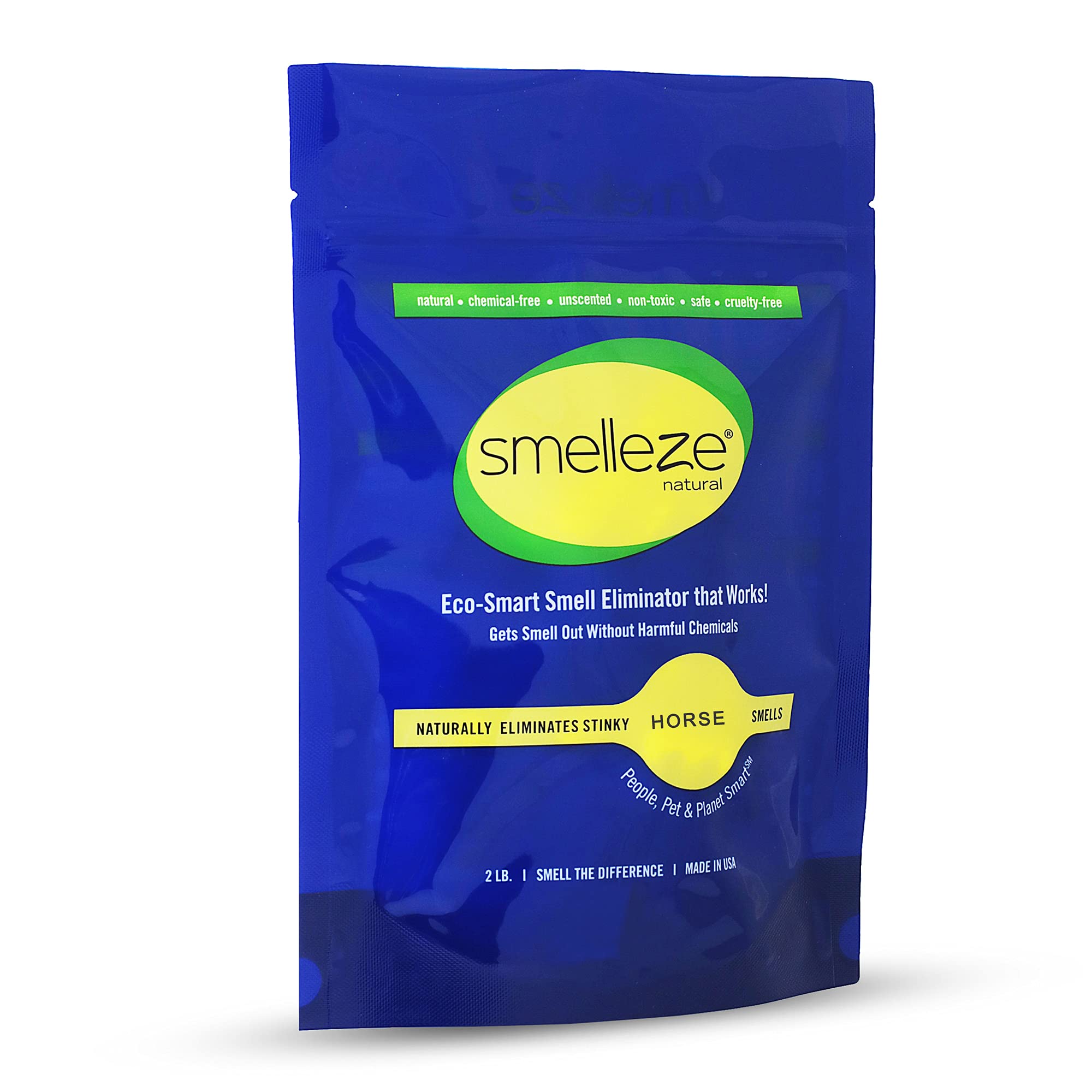
To ensure the health and happiness of horses, a comprehensive approach that encompasses not just odor elimination but overall stable conditions is essential. This holistic approach takes into account the balance of environmental factors, such as controlling humidity, promoting natural equine behaviors, and vigilant health observance. This guide will delve into methods that go beyond the basics to cultivate an ideal environment for equines.
Effective Humidity Management
Appropriate humidity levels within stables are vital to deter the intensification of odors and inhibit bacterial and mold growth. Here are some methods to uphold ideal humidity:
- Consistently monitor humidity with a hygrometer to maintain recommended levels.
- Deploy dehumidifiers in poorly ventilated sections, particularly during high humidity periods.
- Proactively rectify any conditions that contribute to dampness within the stable.
Enrichment Activities to Mitigate Stress
Addressing equine stress is crucial as it can lead to increased urination, which in turn affects stable odor. Implement enrichment activities to promote psychological well-being:
- Introduce engaging toys and activities that challenge and entertain the horses.
- Facilitate social interactions with other horses or humans to fulfill their social needs.
- Vary their daily routines to provide a stimulating and dynamic environment.
Health Surveillance for Early Intervention
Monitoring the health of horses is key to catching and addressing urinary issues swiftly, which can mitigate potential odor problems. Vital monitoring actions include:
- Watching for any signs of distress or unusual urination habits.
- Arranging routine veterinary examinations to assess urinary system health.
- Responding promptly to any health abnormalities that may influence urine output or composition.
Innovative Stall Configuration for Maintenance Efficiency
A well-thought-out stall design can greatly facilitate cleaning and odor management. Considerations for optimal stall layout include:
- Configuring stalls with sufficient movement space to disperse urine and prevent concentrated spots.
- Incorporating design elements that allow for quick and easy waste and bedding removal.
- Strategically positioning water sources to avoid excess moisture that can mix with urine.
Proactive Odor Source Identification
Early identification of potential odor sources through regular inspections can prevent them from becoming more significant issues. Key inspection practices are:
- Checking for urine accumulation in concealed stable areas or in bedding.
- Evaluating the condition of stall materials to ensure they are not retaining urine.
- Ensuring drainage systems are functioning correctly and resolving any issues immediately.
These supplementary procedures contribute to establishing a pristine and healthful living space for horses. Embracing these strategies will further the goal of creating a welcoming and conducive environment for all stable inhabitants.
Proactive Measures for Horse Stable Freshness
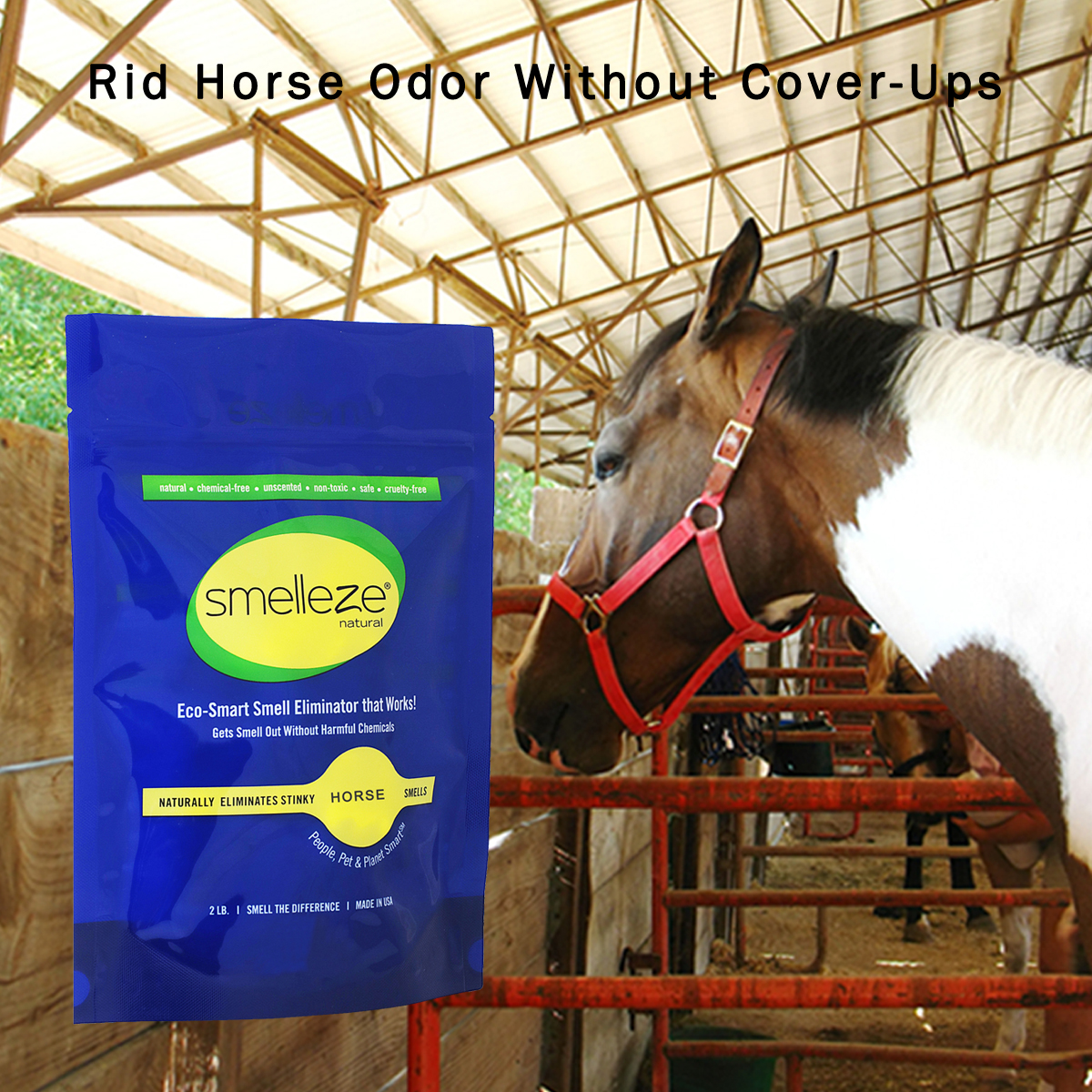
Maintaining a clean and inviting stable is essential for the well-being of equine residents and their human companions. Effective management of horse urine is crucial since it is a primary source of strong odors. Proactive odor removal enhances not only the barn’s atmosphere but also the health and comfort of the horses. This guide offers a series of steps for thorough cleaning across various stable surfaces, equipping you with strategies to preemptively tackle urine odors and sustain a sanitary environment.
Immediate Cleanup Strategies for Fresh Urine
Rapid Response to New Spills
Addressing urine spills as they occur can prevent odors from becoming entrenched:
- Use absorbent materials to blot up fresh urine, minimizing its spread.
- Refrain from scrubbing, which could drive the urine deeper into porous materials.
Dedicated Cleaning Approaches for Varied Surfaces
Approach for Porous Concrete
Despite appearing solid, concrete can absorb urine, requiring specific cleaning tactics:
- Distribute baking soda over the area and let it sit to soak up the urine and mitigate the smell.
- Use a vinegar-water mix to thoroughly scrub the concrete, further aiding in odor elimination.
- Rinse the area well and allow it to air dry.
Care Tips for Rubber Mats
Rubber surfaces, being less absorbent, need a different cleaning method:
- Combine a gentle detergent with water and scrub the mats thoroughly.
- After scrubbing, rinse the mats and either let them air dry or towel them off.
Cleaning Regimen for Trailers
Trailer floors can be composed of diverse materials and may require:
- An enzymatic cleaner suitable for pet odors can be particularly effective for breaking down urine odors on more absorbent or uneven surfaces.
- Let the cleaner work according to the instructions before cleaning it off.
Combatting Persistent Odors
Tackling Enduring Smells
When odors resist initial cleaning, consider the following:
- Intensify the cleaning process with higher vinegar concentrations or more potent enzymatic solutions.
- For persistent odors in concrete, a sealant might be used post-cleaning to prevent future issues.
Preventative Strategies for Sustained Odor Management
Defensive Tactics and Consistent Upkeep
To avert the recurrence of odors, adopt these preventative practices:
- Employ floor sealants that resist urine to protect your stable surfaces.
- Implement a routine that combines daily spot checks with scheduled thorough cleanings.
Enhancing Odor-Control Techniques
Comprehensive Odor-Neutralizing Methods
Combine multiple odor-control methods for an all-encompassing strategy:
- Deploy natural odor absorbers like zeolite or activated charcoal in key areas of the stable.
- Incorporate the use of a stable deodorizer that’s safe for equine environments into your cleaning routine.
Adaptive Cleaning Tactics
Evaluating Cleaning Results and Optimizing Procedures
It’s crucial to assess the success of your odor management practices:
- Regularly evaluate your stable for any recurrent odor issues and adjust your cleaning strategies as necessary.
- Stay abreast of the latest cleaning innovations to enhance your stable’s freshness continually.
By following these proactive steps, stable caregivers can ensure a consistently inviting atmosphere. This guide supports thorough horse stable odor removal, guaranteeing that each area, from concrete to rubber to trailers, receives proper treatment to eliminate odors and preserve a welcoming environment for all stable dwellers.
If you’re dealing with horse-related challenges, be it health concerns or behavioral issues, our blog has several resources that can help you. For instance, if you’re trying to manage wind puffs on your equine friends, you may find our article on how to get rid of wind puffs on horses particularly useful. Additionally, if your horse has been troubled by fleas, our guide on how to get rid of fleas on horses offers practical advice to tackle that problem.
For those who may be grappling with a fear of horses, or know someone who is, our article on what is the fear of horses provides insightful information that could help in understanding and overcoming this phobia. While managing the smell of horse pee can be quite a task, addressing these other aspects of horse care and understanding can also contribute to a more harmonious and enjoyable equine experience.
Conclusion: Achieving a Fresh and Odor-Free Stable
In conclusion, maintaining a fresh and odor-free stable is essential for the health and comfort of both horses and their caretakers. By combining regular cleaning routines, proper ventilation, smart stall design, natural remedies, advanced solutions, and good management practices, it’s possible to keep horse urine smell at bay.



